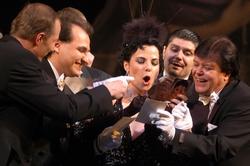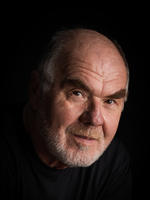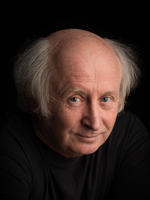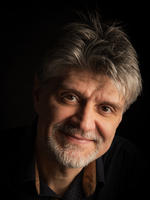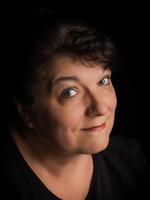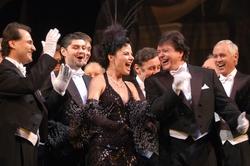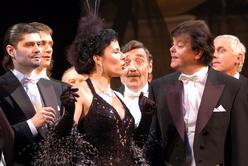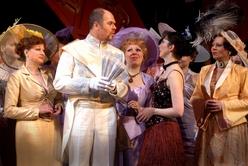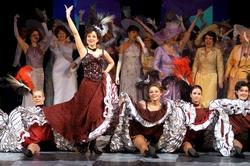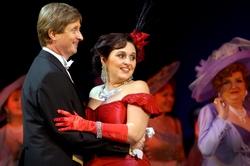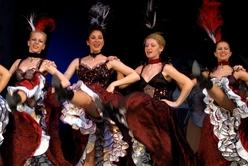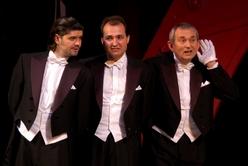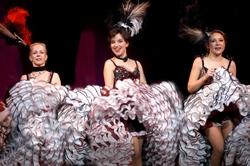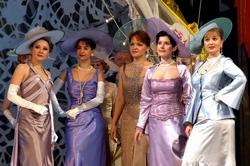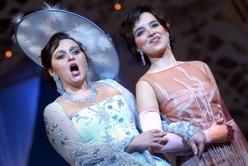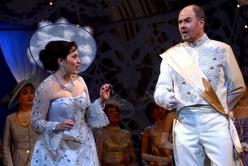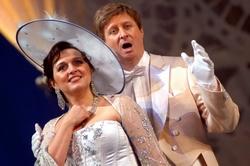Classical operetta
Franz Lehár’s Merry Widow is undoubtedly one of the most frequently presented classical operettas worldwide and, simultaneously, a treasure of this genre. Its first night in 1905 made a splash not experienced by Vienna a long time before and afterwards. The operetta spread worldwide soon and has lost nothing of its charm so far. Franz Lehár, the leader of the Silver Age of Viennese
Operetta, was inspired by a subject of his days. Although Franz Lehár won qualification of a “genius of operetta in minor” thanks to his later operettas destitute of traditional happy ending, merry waltz and cancan rhythms sound aloud in the Merry Widow retaining its traditional happy ending. A lot of its melodies, such as the songs of Maxim or Vilja, became operetta evergreens. Thanks to them and due to the well-written libretto, Merry Widow has been
amusing audiences all over the world and is presented by famous opera houses.The quality of the Brno production is quaranteed by its international production team – led by the German director Pavel Fieber, who introduced himself to the Brno audience with the musical Cabaret.

